In people's impression, most common turtles are only the size of a palm, and slightly larger ones are only as big as a plate. However, in the wonderful world of nature, there are many giant turtles of huge size, some of which are even taller than humans.
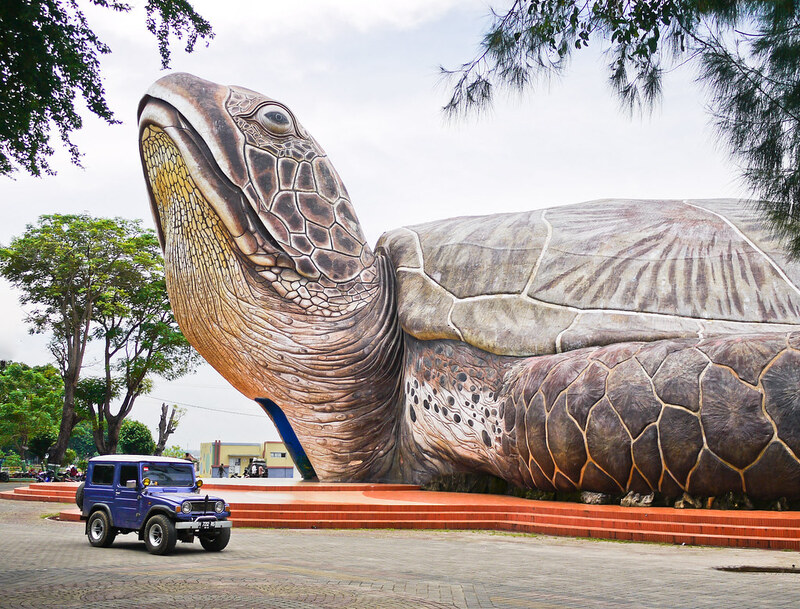
Today, the editor will take stock of the world's top ten giant turtles. These behemoths include: Leatherback Turtle, Aldabra Tortoise, Galapagos Tortoise, Loggerhead Turtle, Green Sea Turtle, Hawksbill Turtle, Sulcata Tortoise, Alligator Snapping Turtle, Malaysian Giant Tortoise and Giant Side-necked Turtle. Let's learn about the spectacular features of these magical creatures together!
1. Leatherback Turtle (2 meters)
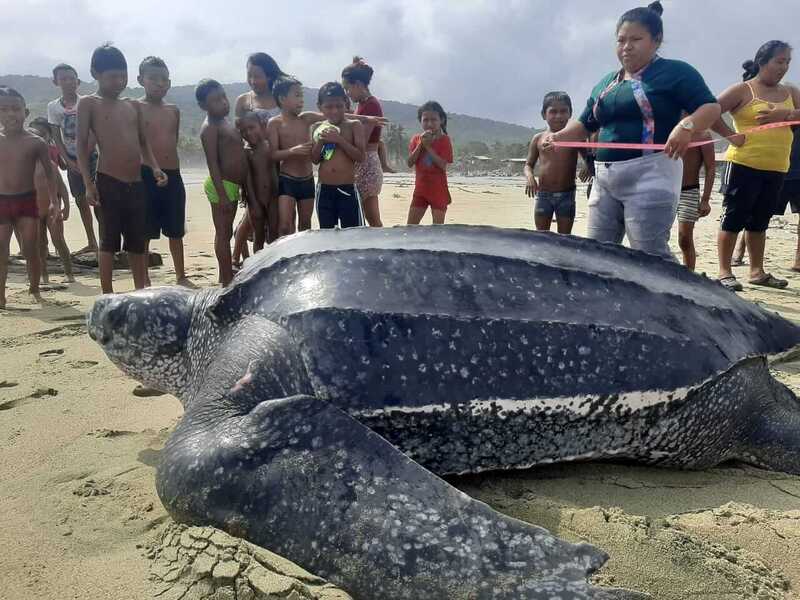
Leatherback turtles are giants living in the ocean and are the largest species in the order Testudinata. Their average body length can reach more than 2 meters and their weight usually exceeds 100 kilograms. Leatherback turtles mainly live in the middle and upper waters of tropical waters, distributed in the Atlantic and Pacific regions, and feed on fish, shrimps, crabs, squids, jellyfish and seaweed. A stranded leatherback turtle was found in Wales. It was 2.5 meters long and weighed 916 kilograms. From a distance, it looked like a mini submarine moored on the beach.
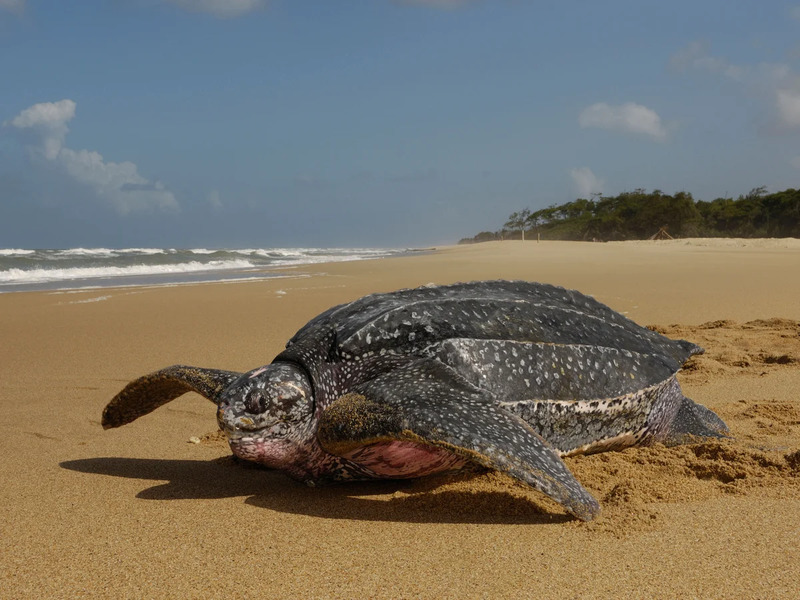
However, it is regrettable that even such a spectacular deep-sea monster can hardly escape the impact of human activities. Due to the increasing pollution of the marine environment, the population of leatherback turtles is decreasing rapidly. Perhaps in the future, people can only see specimens in museums to see this magical creature.
2. Aldabra tortoise (1.8 meters)
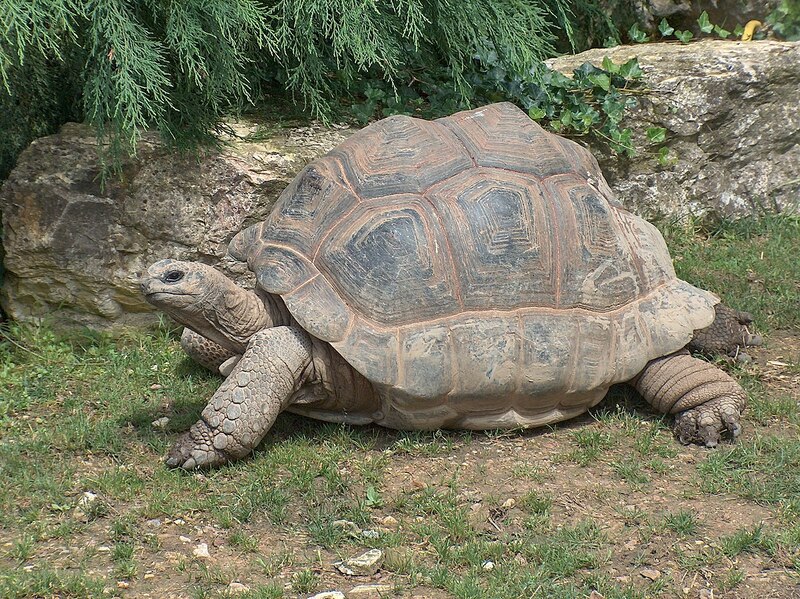
The Aldabra tortoise is the second largest tortoise after the Galapagos tortoise. The carapace of an adult can reach up to 1.8 meters and the weight can reach up to 375 kilograms. They mainly live in the Aldabra Islands in Seychelles. Because these islands are rarely visited by people, the habitat of the Aldabra tortoise is well protected. The population is prosperous, more than five times that of the Galapagos tortoise, and it can be called the largest tortoise population in the world.
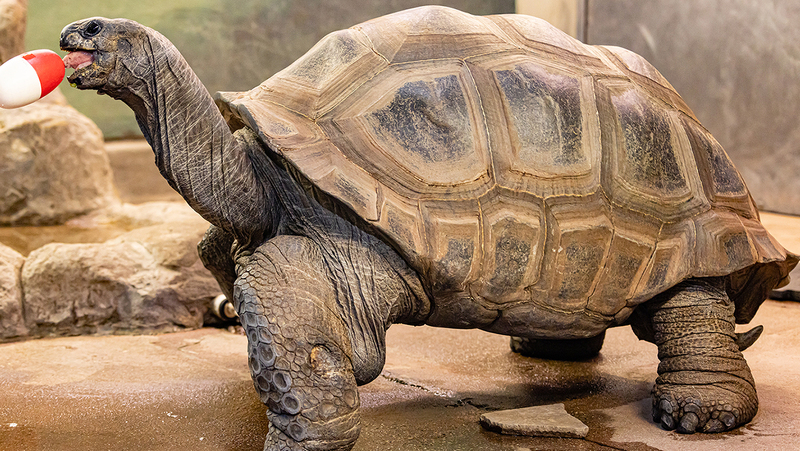
Aldabra tortoises are herbivores that feed mainly on grass, leaves and plant stems, but occasionally they will prey on small invertebrates and even eat carrion. Their lifespan is extremely amazing. According to records, an Aldabra tortoise named "Adwaita" died at the age of 255, which is considered to be one of the longest-lived tortoises in history.
3. Galapagos tortoise (1.2 meters)
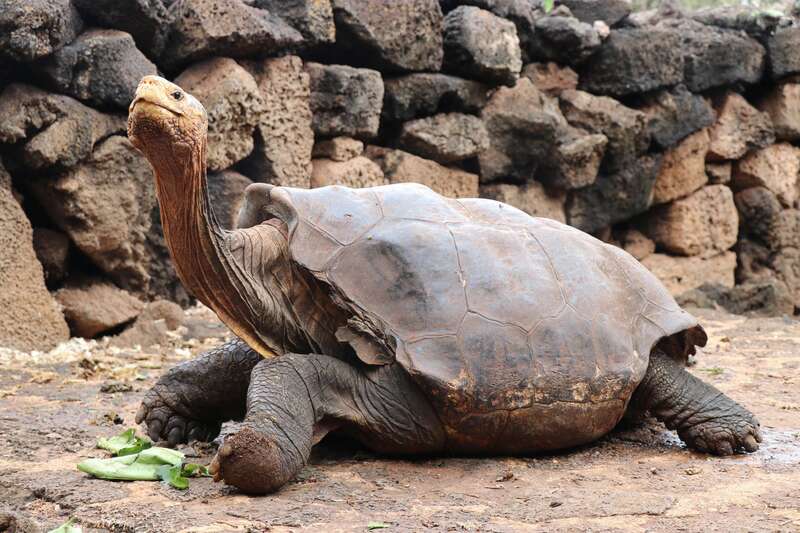
Galapagos tortoises are the largest tortoises in existence, so they are named "tortoises". They are usually up to 1.2 meters long, and adult males weigh about 272 to 320 kilograms, while females weigh between 136 and 180 kilograms. Galapagos tortoises are mainly distributed in the Galapagos Islands in Ecuador, usually living in areas with dense vegetation. Their food includes plants such as cacti, grasses, leaves, mosses, lichens and berries.
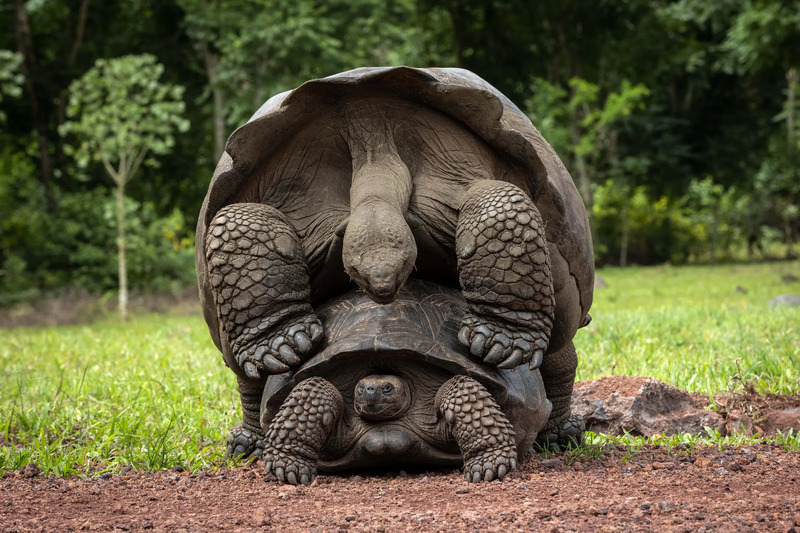
These "giants" are not only huge in size, but also have an amazing lifespan. In the wild, their lifespan can exceed 100 years, making them one of the longest-lived species in the animal kingdom and a symbol of longevity.
4. Loggerhead turtle (1-2 meters)
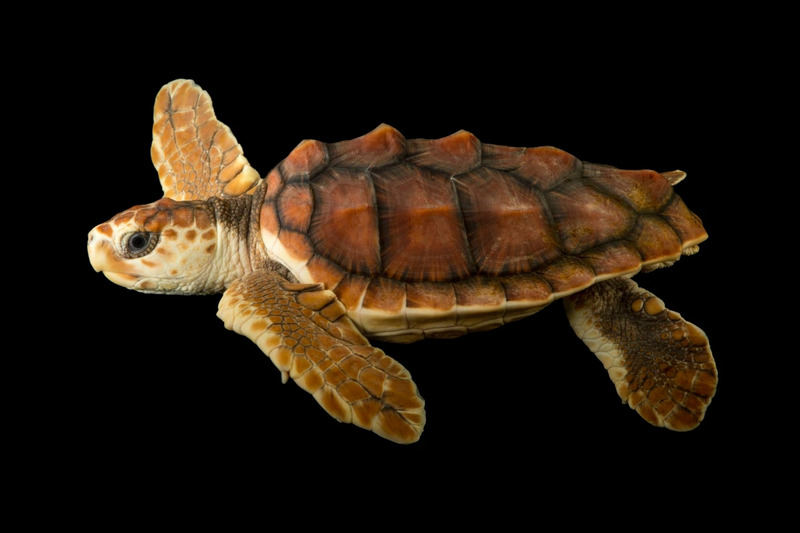
The loggerhead turtle is a larger member of the family Cheloniidae, with a body length of about 100 to 200 cm, a carapace length of 740 to 870 mm, and a weight of about 100 kg. They mainly inhabit the southeastern Asian seas and the warm waters of the Indian Ocean. They are often active in coral reefs and continental shelves, and sometimes appear in bays, estuaries and saltwater lakes. Loggerhead sea turtles mainly feed on benthic or floating crustaceans and mollusks, especially cephalopods.
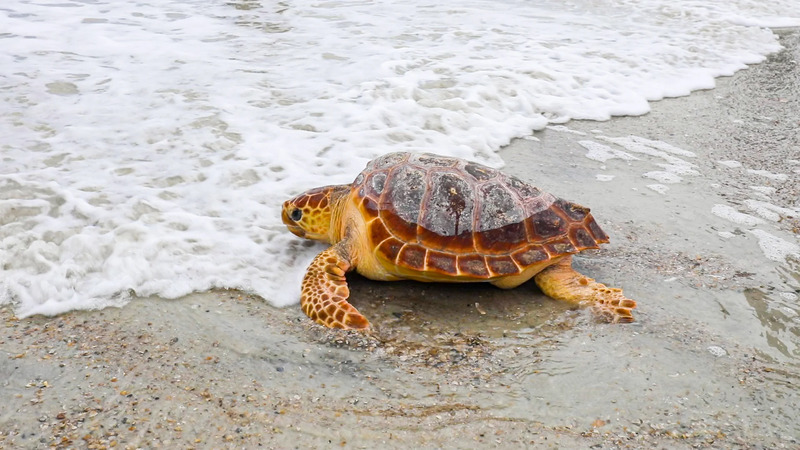
They also prey on jellyfish, fish eggs, and sometimes eat plant foods such as seaweed. However, due to excessive hunting by humans and the indiscriminate digging of turtle eggs, the population of loggerhead sea turtles has dropped sharply, and it has now been listed as a national second-level key protected wild animal.
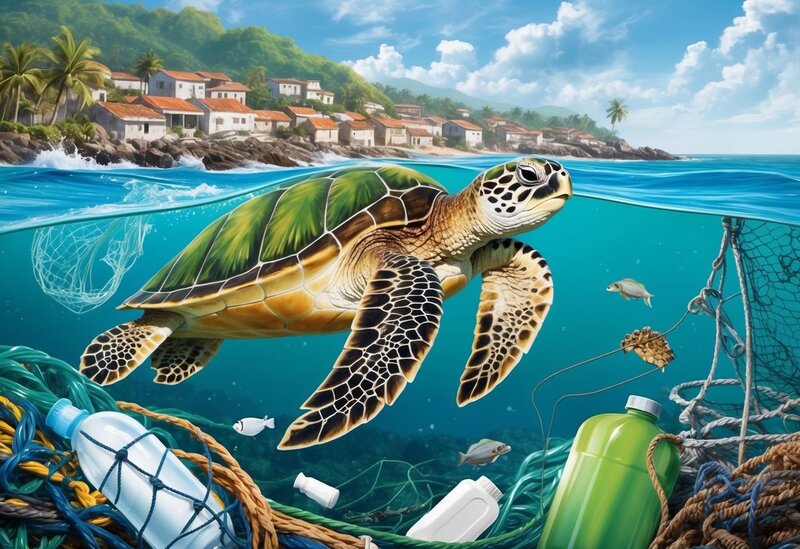
5. Green turtle (80-150 cm)
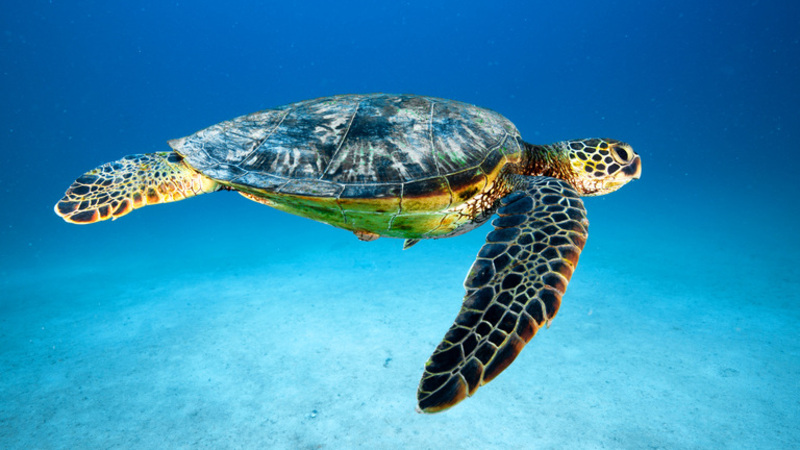
The green turtle is one of the larger species in the sea turtle family, named after the green fat in its body. Their body length ranges from 80 to 150 cm, and their weight ranges from 65 to 136 kg. The largest individual carapace length can reach 153 cm and weigh up to 250 kg. Green turtles live in the ocean throughout their lives and are widely distributed in tropical and subtropical waters around the world. They especially prefer warm shallow waters near the coast because the water temperature is suitable and food resources are abundant.
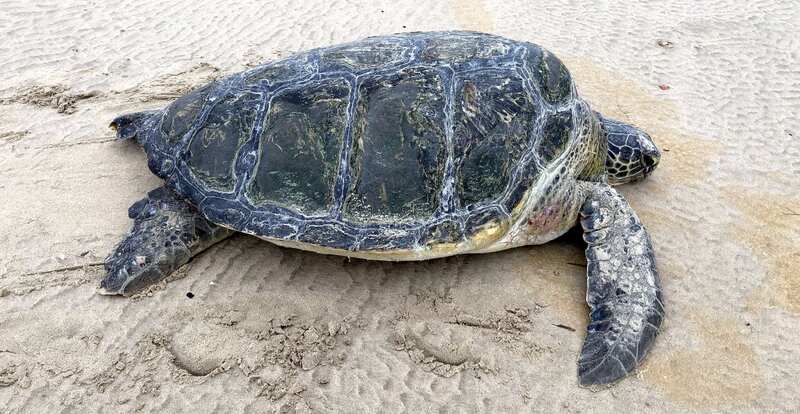
They forage in a specific area and lay eggs in another fixed location. Green turtles mainly feed on seaweed, and sometimes prey on mollusks, arthropods and small fish. It is worth mentioning that green turtles are the species that eat the most seaweed among sea turtles, and are also the only sea turtles that go to the beach to bask in the sun.
6. Hawksbill turtle (60-170 cm)
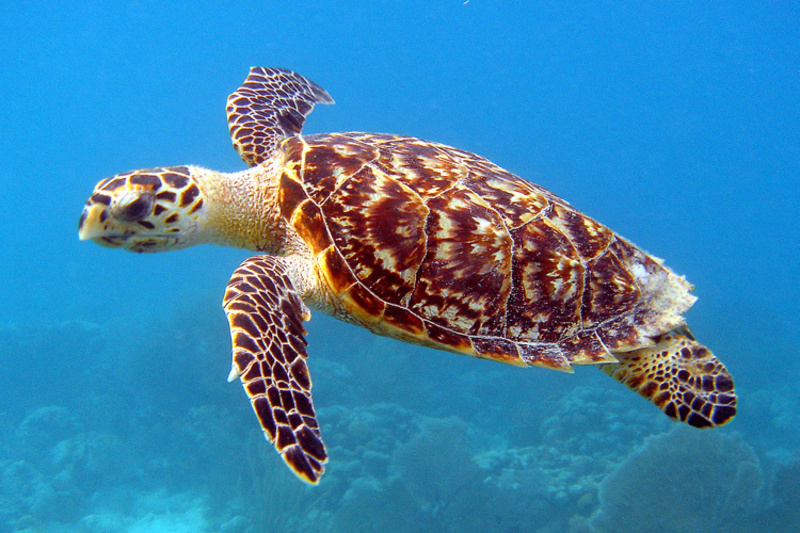
Hawksbill turtles are known as "gems in the ocean" and are extremely rare animals. Because its beak is like a bird's beak, it is also called the hawksbill turtle. The carapace of the hawksbill turtle is flat, brown-red in color, covered with light yellow spots, and the overall brilliance is very ornamental. Their body length is between 60 and 170 cm, and their weight is usually about 45 kg. They are one of the smaller species in the sea turtle family.
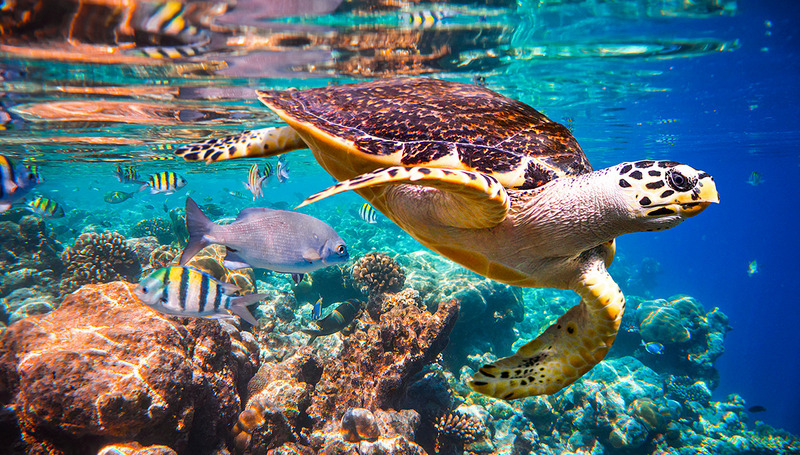
Hawksbill turtles are mainly distributed in tropical and subtropical waters such as southeastern Asia and the Indian Ocean. They often live in shallow waters such as coastal coral reefs, bays, estuaries and clear lagoons. However, due to overfishing by humans and excessive demand for their shells, the population of hawksbill turtles has dropped sharply. They are now on the verge of extinction and are listed as a national second-level key protected wild animal.
7. Sulcata tortoise (83 cm)
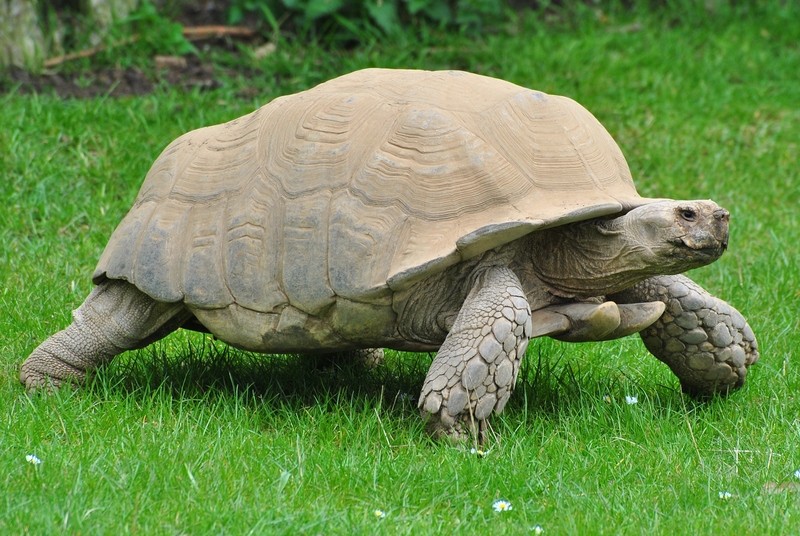
The Sulcata tortoise, also known as the Sulcata giant tortoise or Sulcata land tortoise, is the third largest land tortoise in the world. An adult Sulcata tortoise can reach 83 cm in length and weigh about 105 kg, with a prominent bulge on its carapace. Although their carapaces do not have bright patterns like the radiated tortoises, they are still loved for their rugged and powerful appearance and wild style.
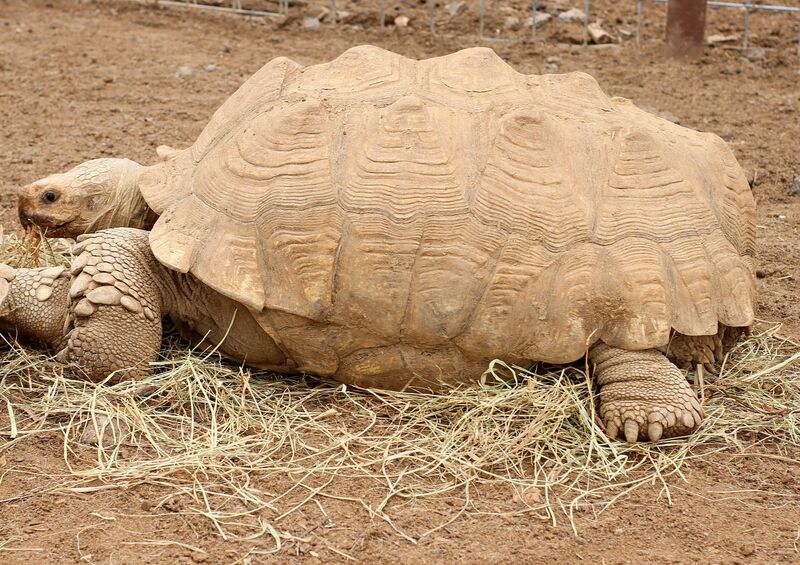
Sulcata tortoises are mainly distributed in African countries such as Chad, Egypt, and Nigeria, and often live in deserts and dry grasslands. To avoid the scorching heat during the day, they usually start to move in the early morning or dusk. Their food is mainly high-fiber plants, such as grass, cactus and lettuce, which not only provide them with nutrition, but also replenish their water, which is rare in the desert environment.
8. Alligator snapping turtle (75-90 cm)
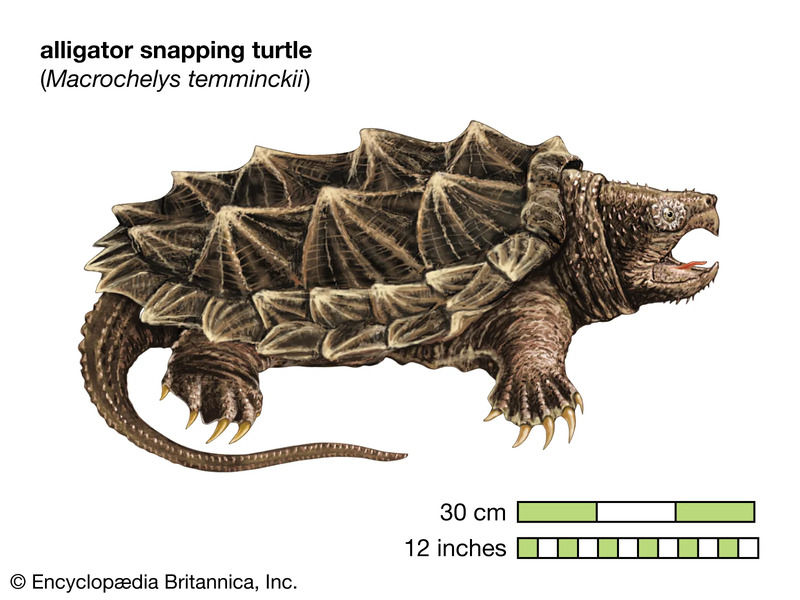
Alligator snapping turtles are one of the largest freshwater turtles in the world, retaining many primitive characteristics of turtles. Their carapaces are as undulating as mountains, their beaks are as sharp as eagle beaks, their body length is usually between 0.75 and 0.9 meters, their weight is about 45 to 75 kilograms, and the largest individual can reach 107 kilograms.
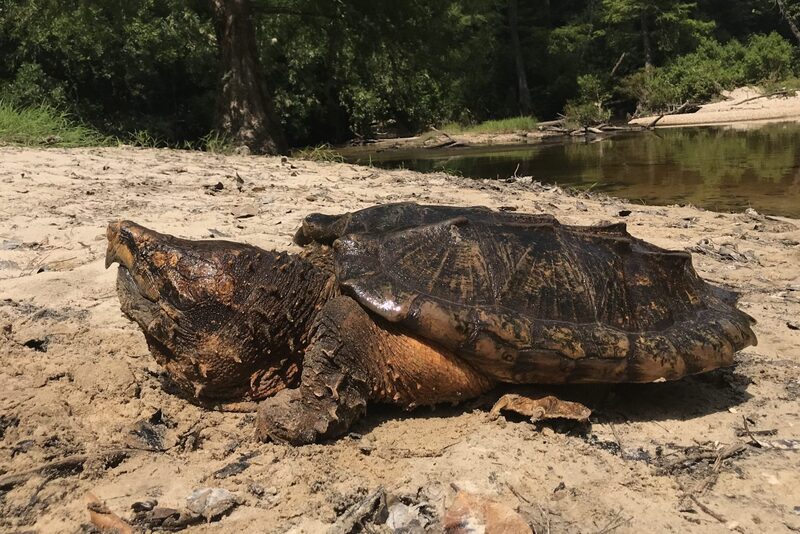
Alligator snapping turtles are mainly distributed in the Mississippi River Basin in the United States, and often live in rivers, lakes, ponds and swamps. They are good at disguising themselves as a piece of rotten wood, lying quietly in the mud and sand in the water, and using the "bait" like a red worm at the front of their tongue to attract prey. When fish, water birds, snails, shrimps or water snakes approach, the alligator turtle will attack quickly and swallow the prey in one gulp.
9. Malaysian giant tortoise (50-80 cm)
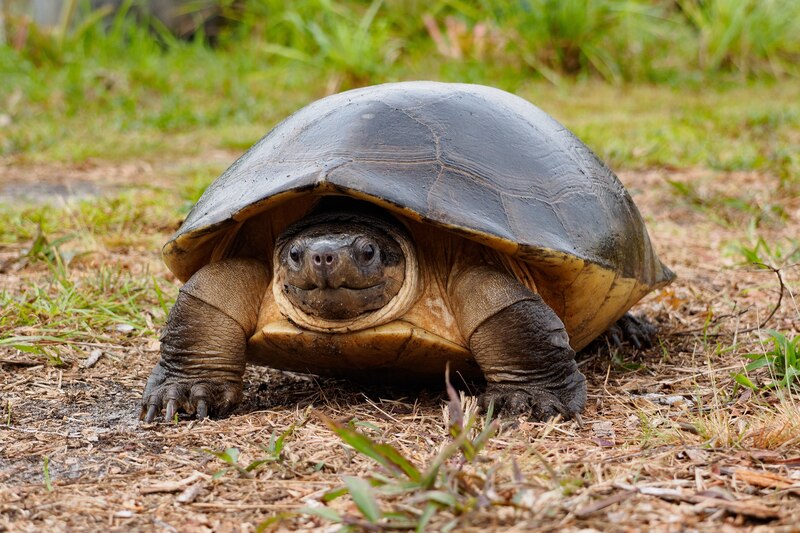
The Malaysian giant tortoise is a large freshwater turtle with a black-brown carapace. The length is usually between 0.5 and 0.8 meters, and the maximum can reach 1.2 meters. This giant tortoise is widely distributed, but mainly concentrated in the Borneo region. Malaysian giant tortoises like to live in groups, often 3 to 4 of them live in the same place. They are omnivorous animals and can eat pork, beef, poultry offal and various fruits and vegetables.
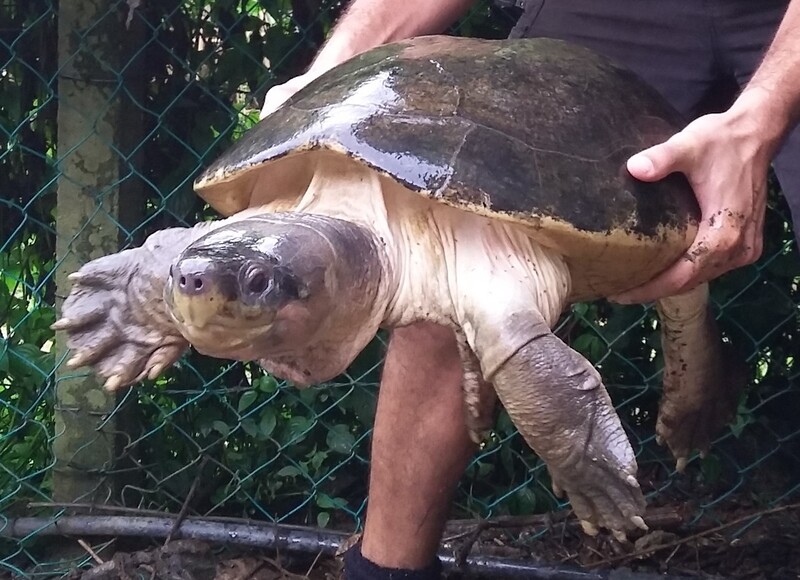
Young Malaysian giant tortoises are docile and timid, while adult individuals are relatively irritable. Once captured, they often fight back with a strong bite force. It is worth mentioning that after being domesticated, this giant can also learn simple movements, such as eating performances and climbing stairs, which is very interesting.
10. Giant Side-necked Turtle (55-75 cm)
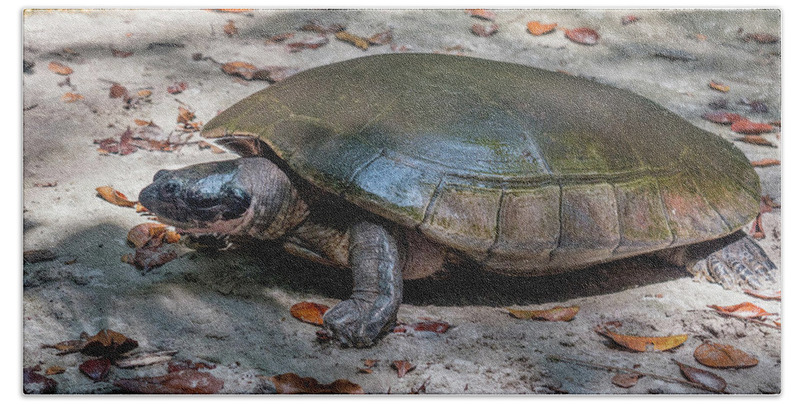
The giant side-necked turtle, also known as the South American river turtle, is the largest freshwater turtle in South America and also the largest side-necked turtle. There is a significant difference between males and females in this species. The average length of the carapace of male adults is 55 cm, while the average length of the carapace of female adults can reach 75 cm, and the largest is even close to 100 cm.
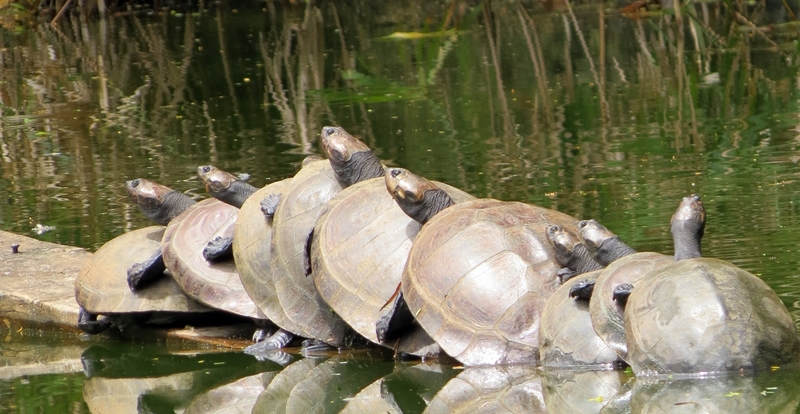
The giant side-necked turtle has a wide distribution range, almost all over the northern part of South America. They mainly feed on plants and are favored by turtle lovers because of their unique markings and huge size. In the Western pet market, giant side-necked turtle juveniles are one of the most popular turtles and are in high demand.
The world's top ten giant turtles are mainly determined by comprehensively considering their morphological characteristics, popularity, and influence. If you have any questions, please comment/criticize at the end.
animal tags: tortoise
We created this article in conjunction with AI technology, then made sure it was fact-checked and edited by a Animals Top editor.